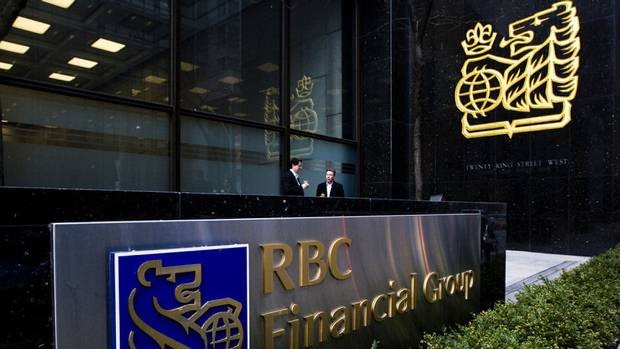Algorithms accelerate the day trading game The Globe and Mail
Post on: 11 Июнь, 2015 No Comment

Gone are the days when day traders — outfitted in boxers and a T-shirt sitting at their kitchen table with nothing more than a browser and a lot of java — effortlessly raked in the cash.
Investing
The head count has dropped, definitely, and that has a lot to do with the fact it’s a lot harder than it once was, says Ben Bittrolff, chief financial officer at Kitchener, Ont.-based Cyborg Trading Systems, which builds complex trading platforms for brokerages and day traders.
The volume of day trading, as a portion of total equities trading, had been steadily climbing until 2009, when the global financial crisis wiped out swaths of unsophisticated players.
Those who remain have to be technical geniuses. The amount of trading being generated by computers is on a sharp incline, Mr. Bittrolff says. In fact, half the volume of all trading is now based on algorithms and is automated. Once an algorithm is created and entered, computer programs enter the trade orders and essentially execute the trades, determining timing, price and quantity. That means there is no human involved anywhere from the buy to the sell of that execution, he notes. And there is no turning back that clock.
In today’s world of high frequency trading, day traders without automated programs of some sort simply cannot keep up.
Cyborg, a startup three years ago that today employs 14 math PhDs in its two Canadian offices, is helping day traders build and run their own trading algorithm. You still have to come up with your own model, but that’s just one part of the equation, Mr. Bittrolff says. After that, it becomes, how do you execute it?
Cyborg helps customers turn their algorithm into a simple trading strategy, and then incorporate that into their own online trading platform. Our tool lets the trader manage and monitor his own algo, Mr. Bittrolff adds. No one wants these things to run amok.
But of course that’s exactly what happened during this year’s May 6 flash crash, when, in less than half an hour, a sudden trading blip knocked some 700 points off the Dow Jones Industrial Average before snapping back.
Computerized trading models shut down as they were programmed to, given that most include safeguards that limit trades if stocks fall too far, too fast.
While the U.S. Securities and Exchange Commission and the Commodity Futures Trading Commission continue to piece together what happened, many experts say high frequency trading means there are fewer human hands on the control switches. That means when things do run awry — and error trades push down stock prices dramatically in seconds — traders can get frozen out just when a stock is bottomed out, absorbing huge losses.
That’s why, Mr. Bittrolff says, it’s important to build a trading platform that lets users intervene if a trading anomaly occurs. (A system that eliminates the human element is known as black box; Cyborg is creating so-called grey box trading systems. You can build your algo and see it working, but you can also change things on the fly, or you can override it.)
It’s dawning on people that going all computer, all the time is maybe not the way to do it, Mr. Bittrolff says. But when times are good and the champagne is flowing, people don’t stop to think about the risk.
As Mr. Bittrolff explains, Cyborg basically brings high-frequency trading to non-institutions. Previously, such platforms were the domain of large brokerages or institutional investors churning out huge volumes of trades on an hourly basis. Normally if you’re a day trader on your own you can’t compete in this high-frequency world against hedge funds, for example. The costs and expertise would be prohibitive, he notes. You’d be losing out to the guys on Wall Street — all the time.
Special to the Globe and Mail

Day trading: At a glance
Day trading is the buying and selling of a security within a single trading day. Typically, day traders try to capitalize on small price movements in highly liquid stocks or currencies. They decide on a strategy beforehand and stick to it.
Day trading software platforms can be pricey but they’re essential. The software usually identifies technical indicators that signal it’s time to do a trade.
Jovin Shen, general manager and coach at the Online Trading Academy Vancouver, says these are must-have features in a trading application:
Streaming data
As soon as there is a change in price it should automatically be reflected on the screen.
Market depth
This incorporates a screen where you can see all the buyers and sellers lined up in quantities. If you know where all your buyers are you can be comfortable sitting in a position.














